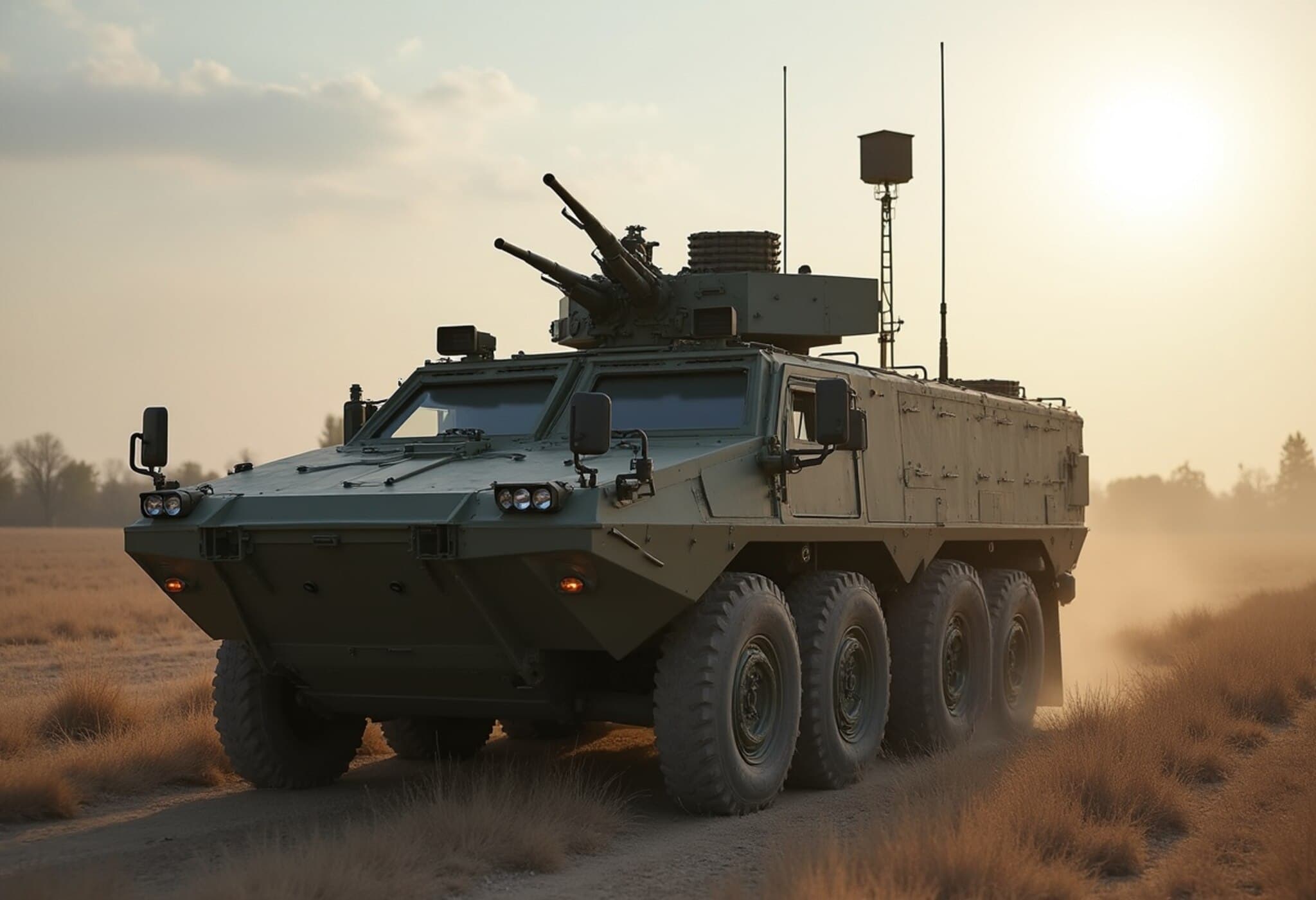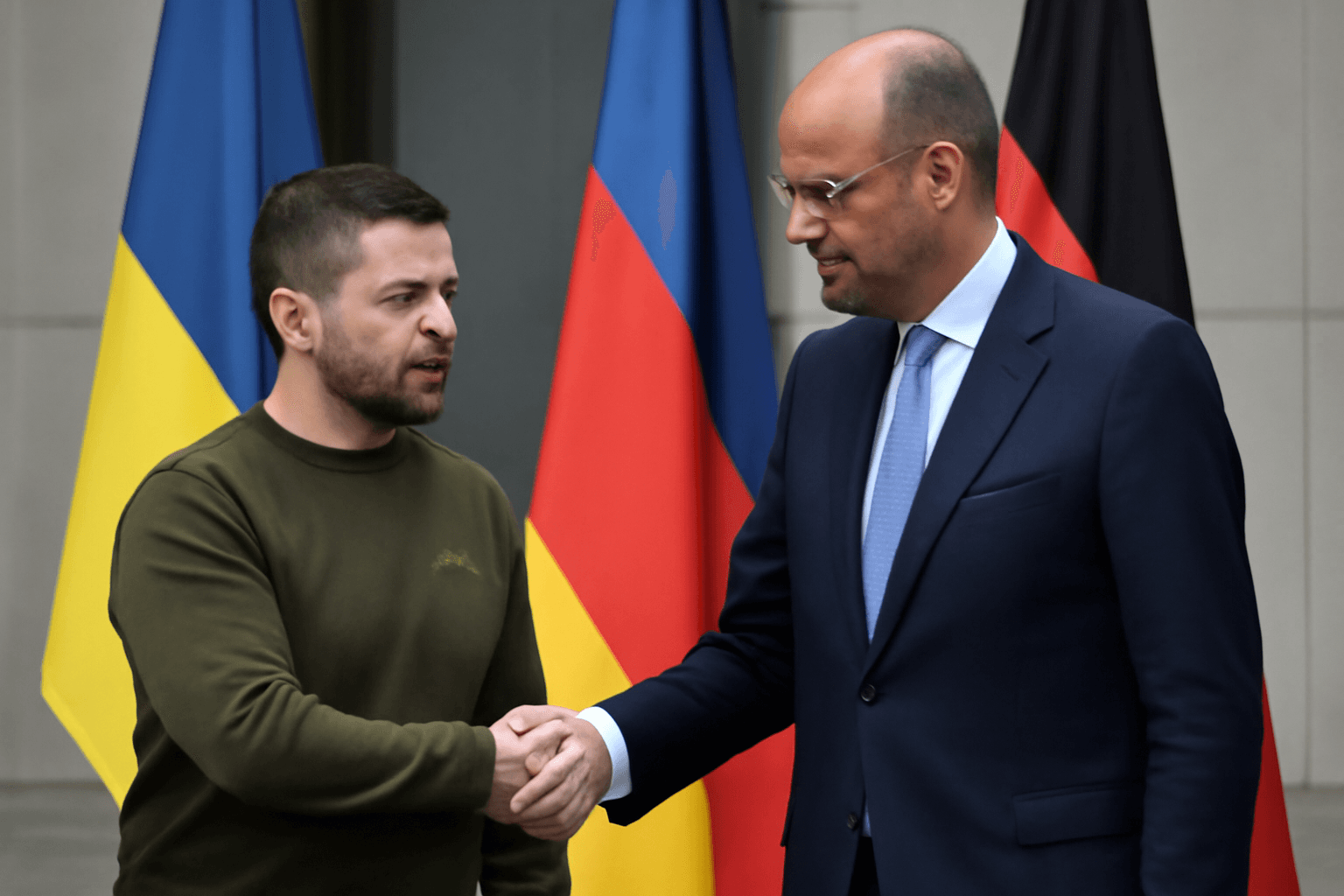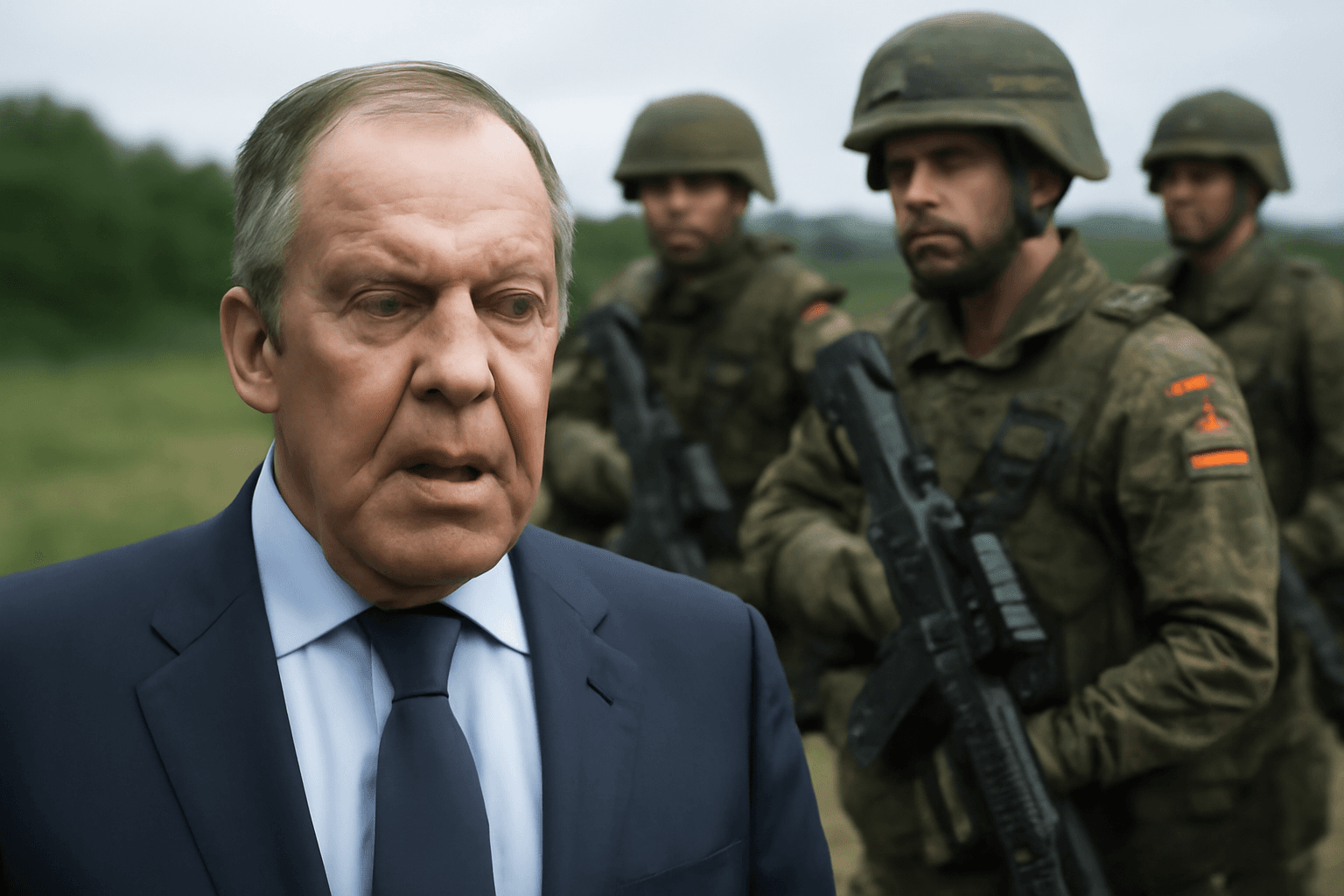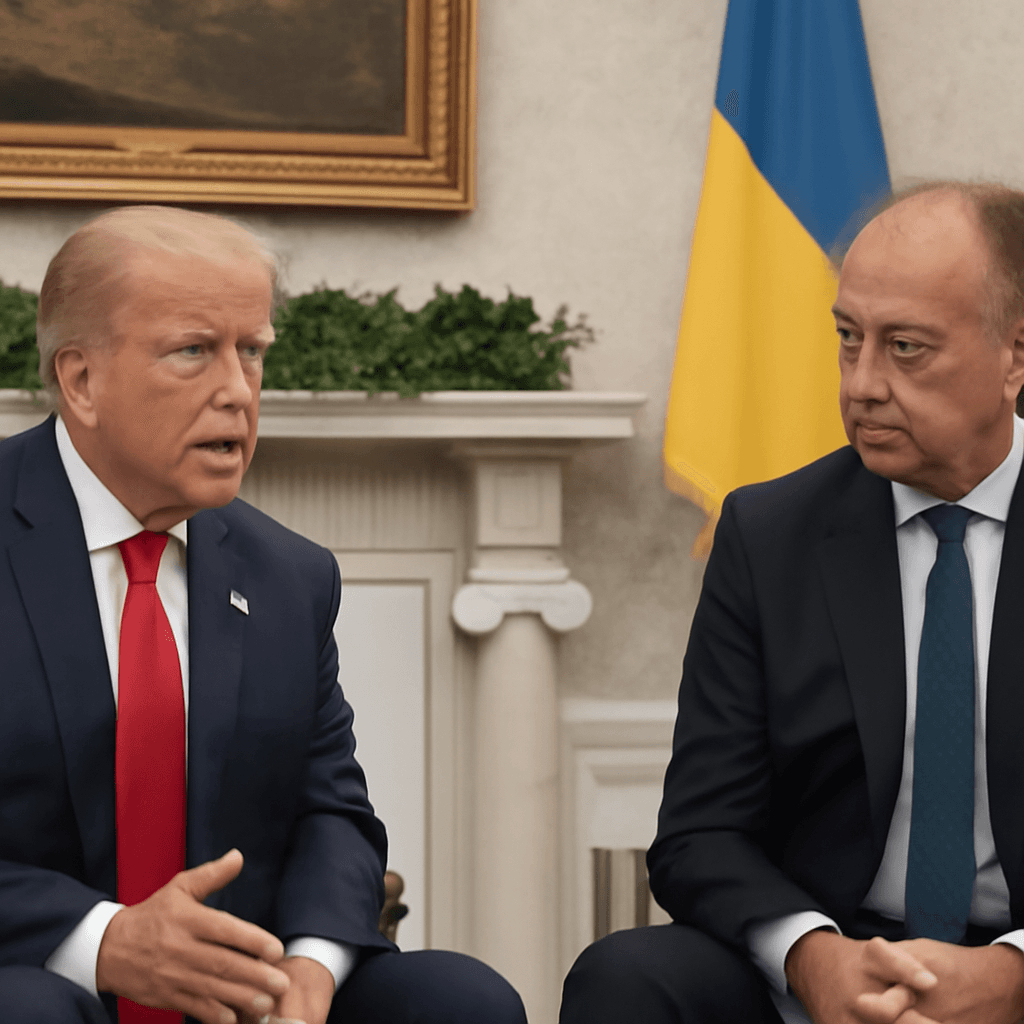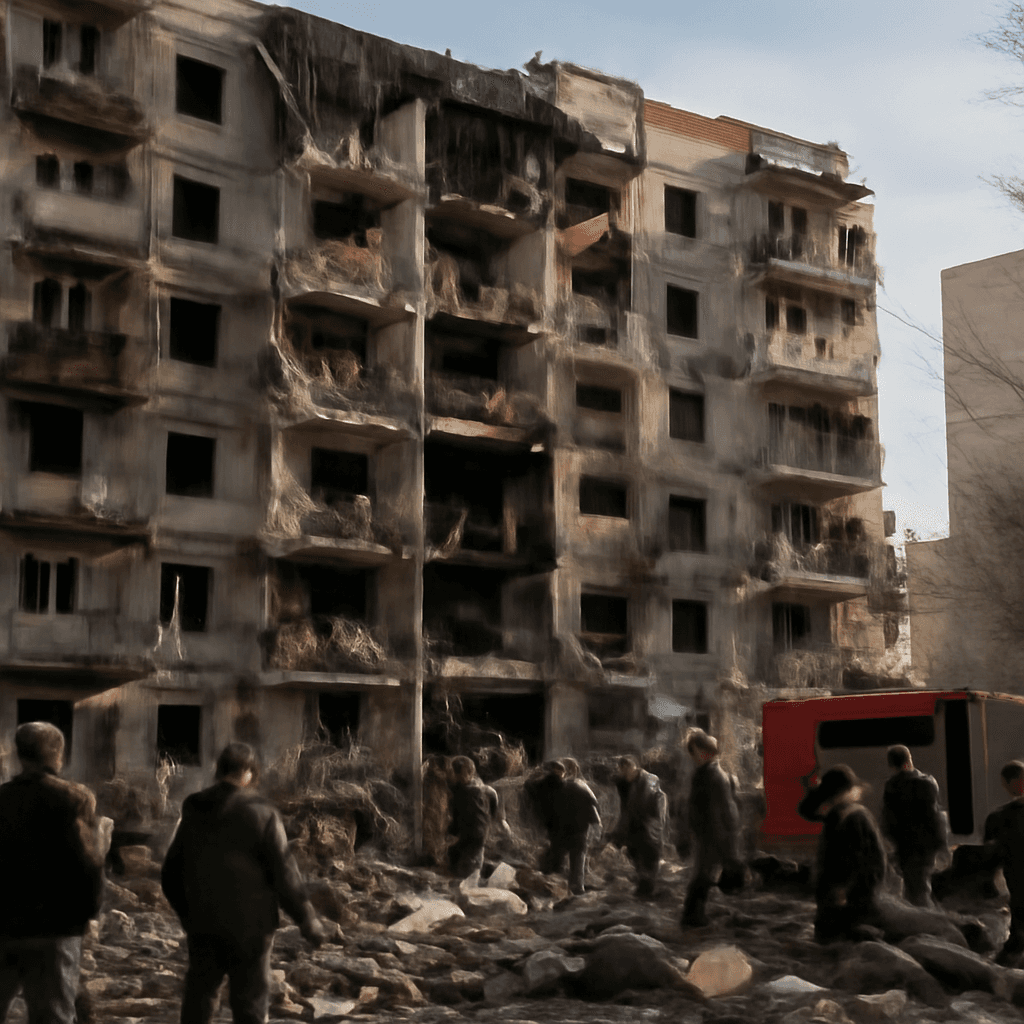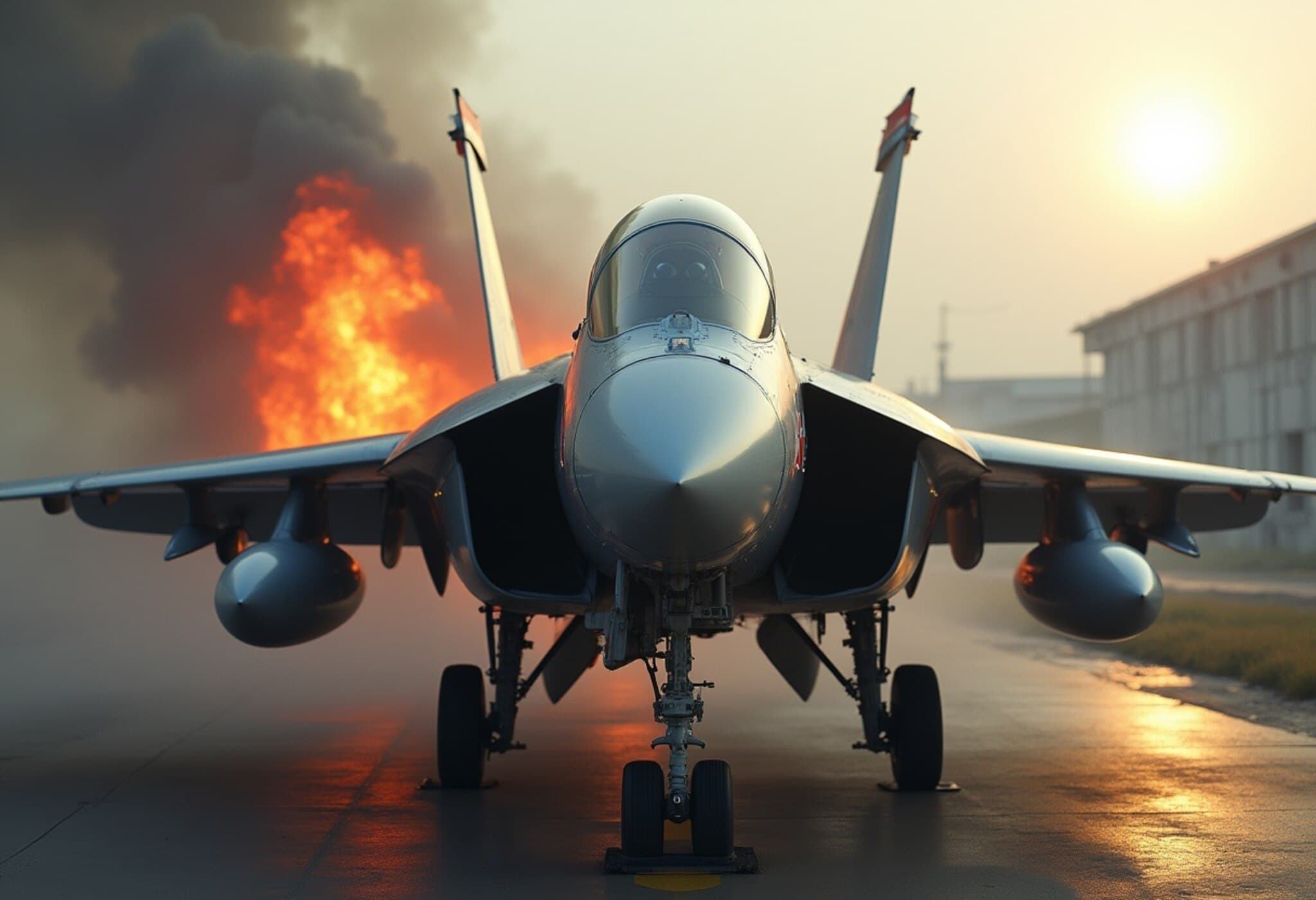Romania Bolsters Air Defense with $2.3 Billion Israeli Anti-Aircraft Deal
In a significant move reflecting the tense security landscape in Eastern Europe, Romania has inked a framework agreement to procure Israeli-made Shorad-Vshorad anti-aircraft systems, valued at over 2 billion euros ($2.3 billion). This $2.3 billion acquisition comes as Romania, a key NATO and European Union member sharing a 650-kilometer border with Ukraine, faces direct spillover effects from the ongoing conflict sparked by Russia’s 2022 invasion.
Strategic Context: Why Romania Is Strengthening Defense Now
The purchase underscores Romania’s urgent need to enhance its air defense capabilities amid frequent incursions involving Russian drones crossing into its airspace. For more than two years, fragments from Russian-made drones targeting Ukrainian port infrastructure have fallen on Romanian soil, highlighting vulnerabilities along this critical border region.
In addition, under heightened pressure from the United States, particularly during the Trump administration and sustained by ongoing NATO commitments, European allies, including Romania, have accelerated efforts to boost military spending and interoperability to deter further Russian aggression.
The Deal Details: What Romania Will Receive
The multi-year framework agreement, signed with Israel’s Rafael Advanced Defense Systems—co-creator of the renowned Iron Dome—allows for the purchase of six fully integrated Shorad-Vshorad systems. These short-range air defense solutions are designed to counter drones, helicopters, and missile threats, making them invaluable for Romania’s current threats from Russian aerial weapons.
- Scope: Six integrated Shorad-Vshorad anti-aircraft systems.
- Support: Comprehensive training for Romanian forces, ammunition supply, and ongoing logistical support.
- Timeline: The framework will span seven years, with the first two systems expected within three years of signing the initial contracts.
This staged approach ensures Romania can rapidly enhance defenses while absorbing technical know-how and integrating support structures necessary for maintaining operational readiness.
Expert Perspective: Regional Security Implications
Romania’s border with Ukraine places it on the frontline of a conflict that continues to reshape European security paradigms. Analysts emphasize that this procurement not only addresses immediate drone and missile threats but also fits into a broader NATO strategy of shore-up defense capabilities along the Black Sea region. This aligns with increasing American and European calls to boost defense budgets and modernize military assets.
“Romania’s air defense enhancement signals a strategic pivot towards more resilient, interoperable deterrence capabilities,” says Dr. Elena Popescu, a security policy expert specializing in Eastern European defense. “The integration of Israeli technology backed by U.S. support is a clear message of solidarity and commitment to the region’s stability.”
Beyond the Headlines: What This Means for the Future
While much attention focuses on Ukraine’s frontline, Romania’s proactive defense measures remind us how far-reaching the war’s regional effects are. Protecting NATO’s eastern flank with cutting-edge air defense fosters a more stable environment for Romania and its neighbors.
The deal also prompts questions about the balance of power in Eastern Europe and how allied countries can collaborate more effectively to respond to hybrid warfare tactics, such as drone incursions that blur traditional conflict boundaries.
Editor’s Note
Romania’s $2.3 billion investment in Israeli Shorad-Vshorad systems reflects urgent regional security concerns amid ongoing Russian aggression near its borders. Beyond the contract’s immediate military impact, it signifies a larger geopolitical shift toward enhanced NATO deterrence and technological cooperation. Observers should watch how this defense upgrade influences the broader security dynamics of Eastern Europe and the Black Sea, particularly in terms of drone warfare and alliance readiness.
The story also raises critical questions: How will Romania’s neighbors respond? Does this mark the beginning of a new defense procurement trend among eastern NATO members? And what lessons might the U.S. and EU draw regarding defense collaborations with allies outside Europe?

